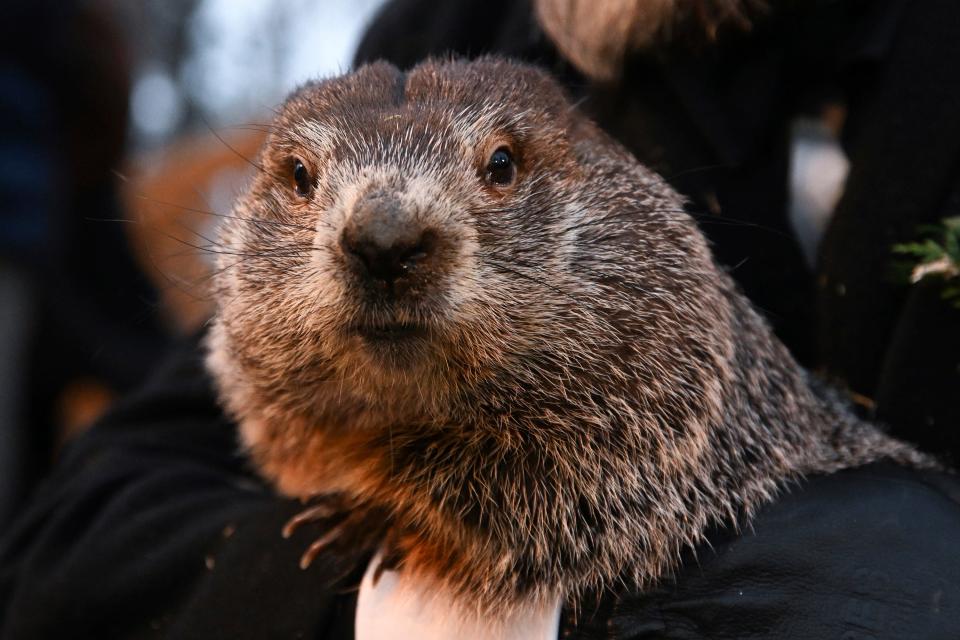Groundhog Day explained: Origins of Punxsutawney Phil and why sunny weather means more winter
Groundhog Day isn't scientific (in fact, Punxsutawney Phil's weather predictions are wrong most of the time).
If we're being honest, it even defies common sense.
The legend is simple: the groundhog's shadow on Feb. 2 predicts the weather for the next six weeks, until the start of spring.
A sunny day means the groundhog will see his shadow ― this is taken as a sign that the next six weeks will bring wintry weather. A cloudy day means the opposite.

Got it? A sunny Groundhog Day means cold weather is coming. A cloudy day means fair weather is on the way.
It seems backward, right?
Why the shadow tradition?
There are several possible explanations for how the tradition formed, and some of them have roots that predate the 136 years of tradition in little Punxsutawney, Pa. — home of the most famous rodent meteorologist.
The Punxsutawney Groundhog Club traces the tradition's roots back to Candlemas Day in Europe ― the Christian "festival of lights" that falls on Feb. 2, midway between the start and end of winter.

Groundhog Day trivia: 5 bizarre things you didn't know about this quirky tradition in Pennsylvania
Here are a few possibilities for how the significance of the shadow came to be:
A proverb: Some Candlemas weather traditions were a warning against undue optimism. Essentially: "It might be sunny today, but don't get your hopes up."
Judgment day: Some Candlemas proverbs suggest the halfway point of winter on the calendar acts as a tipping point of weather. The thinking might go like this: The weather on Feb. 2 represents the previous six weeks of winter. If it's cloudy, it suggests the winter days previous were cloudy and cold, and that the worst is over. If it's sunny, well, then maybe the last six weeks were the easy part: The worst is yet to come.
The groundhog's prediction: This is a more contemporary explanation that gets repeated with little explanation. Groundhogs stay out of their den if it's cloudy and run back into their den if it's sunny. Obviously, if they're hiding in their den, they believe the coming days will be cold.
Spring weather: In one way of thinking, early spring is often wet and rainy. So a cloudy day might be typical in a spring-like late winter.
¯\_(ツ)_/¯: To be honest, a shrug emoji might be the best explanation there is. The club also claims Phil is immortal, is correct 100% of the time and speaks a secret language to men in top hats. This isn't really a subject that should be over-thought.
More on that famous groundhog: Can a rodent predict the weather better than a meteorologist can? Groundhog Day, explained.
This article originally appeared on Erie Times-News: What does it mean if the groundhog sees his shadow?

